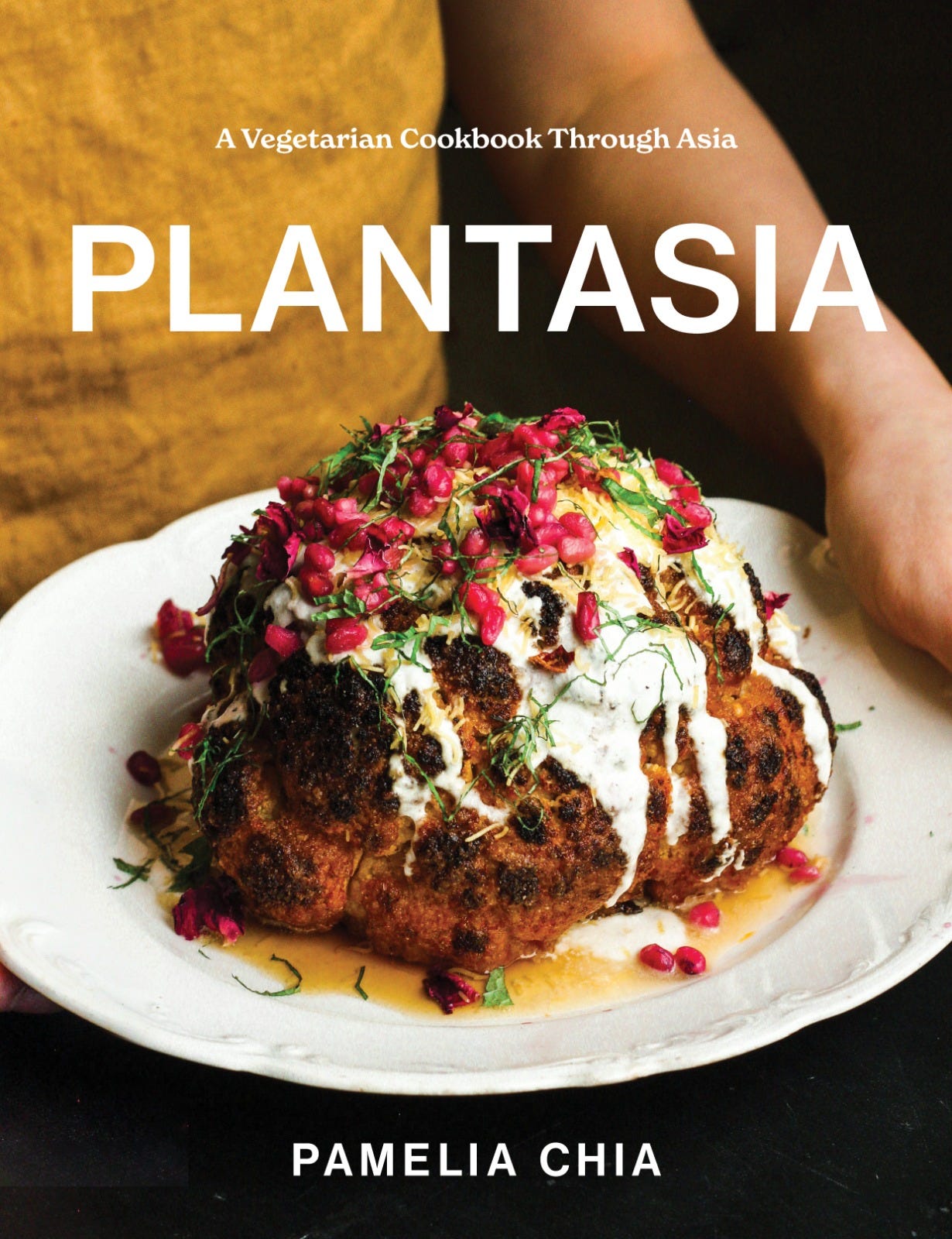So you want to publish a cookbook!
Part II of the Plantasia special
My first cookbook Wet Market to Table: A Modern Approach to Fruit and Vegetables was traditionally published by Epigram Books in 2019. Four years later, I published Plantasia: A Vegetarian Cookbook Through Asia as an independent author. Both have become bestsellers in Singapore. Since the release of Plantasia, I’ve received questions from friends and strangers alike seeking advice because the industry is just so opaque. While there are many independently published novels and non-fiction books in the self-help category, indie cookbooks (especially ones that are done with a commercial purpose in mind i.e. not just gifting to friends and family) are few and far between. Given that Plantasia has been out for a year so far, I can now make a fair assessment of my journeys as a traditionally-signed author versus an indie author. I hope that this might be helpful for those of you who are aspiring cookbook writers.
What I’ll cover in this newsletter:
Timeline of publishing a cookbook
Pros and cons of independent publishing
Earnings in indie publishing versus traditional publishing
Assembling a team and finding a printer
Getting your cookbook into bookstores
My advice in a nutshell
Timeline of publishing a cookbook
1/ Ideation: It begins with the idea. From a cookbook author’s perspective, I ask myself: Do I feel strongly enough about the subject to work really hard on it for at least two years? As an independent publisher who’s financially invested in the project, there’s an additional question I have to be honest with myself about: is there a large enough market/ demand for such a book? Once convinced of the idea, I begin typing up a content outline for the book which will define its structure and scope.
2/ Writing the manuscript: Nothing feels real until the first recipe is tested. This is the first real hump of the entire process. I find overcoming this hump easier as a traditionally published author because there’s a clearly defined deadline in the contract. As an indie author, there’s a tendency to procrastinate because it doesn’t feel quite real yet. If you struggle with this, consider producing your cookbook project as a team rather than an individual; having others onboard and setting group deadlines can help you gain momentum. Testing 75-100 recipes and writing everything from the front matter to the essays that are interspersed throughout the book is the toughest bit (the Plantasia manuscript was 70-80k in length before its first revision) and perhaps that’s why full-blown indie cookbooks rarely get made.
3/ Manuscript to digital cookbook: The manuscript gets passed onto the publishing team who handles editing, designing, and proofreading. As an independent publisher, I was fully involved in this process and frankly I love having a say in how my book feels and looks. Plantasia went through two rounds of developmental edits with my editor, and was proofread by two separate people. I also met with my designer and illustrator virtually on a frequent basis to bring the book to life. With Wet Market to Table, following the submission of my manuscript to the editor, I was only involved with the proofreading prior to the launch of the book.
4/ Production and distribution: The digital artwork is sent to the printer and the printed books are shipped to distributors and stockists (such as bookstores).
5/ Launch and marketing: This is the most exciting and nerve-wrecking time for any author — it’s time to bring the book into the world and celebrate the team’s joint effort with readers.
Pros and cons of independent publishing
Pros:
Creative freedom: It’s hard for indie authors to go back to being a traditionally-signed author once they have a taste of creative freedom that indie publishing promises. As an independent author and publisher, there’s no “house-style” or word/ page count to adhere to — you’re only limited by your own imagination for the book. For Plantasia, I had a strong vision of the book having 24 contributors, each having a page-long interview and a watercolour portrait, that I did not want to compromise on. I might not have been able to feature so many contributors, to the same extent, if I had gone the traditional route.
Lack of gatekeepers: This is the biggest pro for many aspiring cookbook authors out there. Publishing houses are run as businesses, with an eye on profitability. Because of that, the industry favours authors with large social media followings that will hopefully convert to paying customers. Cookbook proposals that target as wide a market as possible are the ones that will get picked up. With the dawn of independent publishing, anyone can produce a cookbook, regardless of the size of their social media following or how niche the subject matter of their cookbook is.
Profitability: As an independent author, you are taking on the responsibilities of a publishing house and thus a greater slice of the profits. Depending on how well the book sells, you could make more money as an independent author. (see pie chart and line graph below)
Learning: As an independent publisher, you are, in essence, running a business. With that are many opportunities to pick up and hone many skills along the way. What Plantasia taught me was to be brave and to do things even though they feel risky and hard. It felt like an untrodden path, but I was glad that I did it because I now know what I’m capable of doing and the experience has allowed me to understand the industry from the inside out — everything from the production to the business of it.



